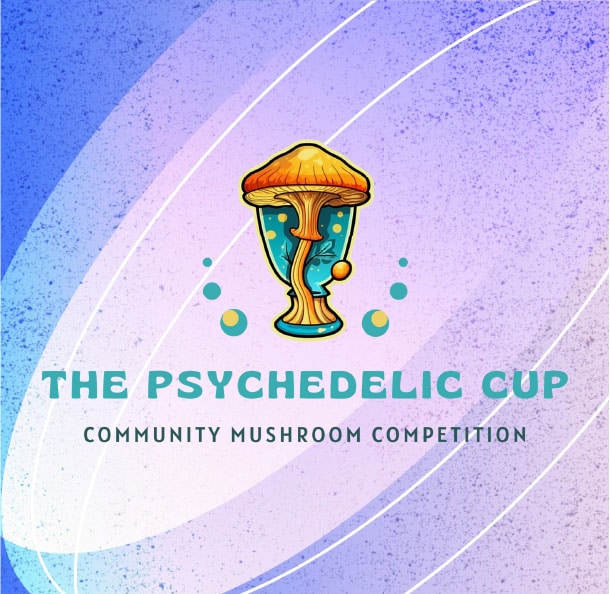Terpene Compound Center
But first, how did they come to be?
The term “terpene” was first used in 1866 by a prolific German chemist by the name of August Kekulé. He was working on the chemistry of certain plants at the time, and started seeing a large group of molecules forming with very similar chemical structures. He decided to name them “terpenes”, derived from the word “terpentine”, which is a liquid that is made from distilling the sap from pine trees!
So, what exactly are they?
Terpenes are naturally occurring aromatic compounds that are typically found in plants and their fruits. Being aromatic in nature, they are quite pungent (not in a bad way!), and oftentimes responsible for the smell of the plants that they’re found in. Terpenes are the reason cannabis plants smells like, well, cannabis. Although they’re not found in all plants, you’ve probably encountered terpenes more times than you can count.
Where do they occur in nature?
A variety of plants produce terpenes and account for many aromas and flavors that we encounter daily. Think the pleasant smell of citrus or lavender, freshly cracked black pepper, the piney smell from an IPA’s hops, or that luscious smell of rosemary filling up your apartment from the potatoes you are cooking. Terpenes are not just in cannabis, they’re everywhere. That being said, cannabis contains an unusually high concentration (and variety!) of these magical compounds.
Why do they occur in nature?
We’re getting existential over here at Altitude, huh? Terpenes occur for a variety of reasons, but the impetus lies in them being “smelly” molecules. A lot of plants use badly scented terpenes to keep pesky predators away. On the contrary, pleasantly floral terpenes are part of the reason bees can so easily find plants to pollinate. These pungent molecules help attract the bees to the pollen, and can even keep the bees alive.
Will they get me high?
In short, no, at least not in the way that you are thinking (hoping?). Some are considered psychoactive because they do affect your brain, but not in the same way that THC does. The effects of terpenes will be explained in greater depth below, but for now, know that their effects are extremely different from those of THC.
Are they similar to THC and CBD?
Nope! Aside from the fact that they both are found in cannabis, they are completely different classes of molecules. THC and CBD are considered cannabinoids, whereas terpenes are just terpenes. Both cannabinoids and terpenes are subsections of a large class of molecules known as phytochemicals, which is just a fancy scientific way of saying “these compounds were made by plants”. That being said, they do work in tandem with each other through something called the “entourage effect”.
How do they affect me, then?
In terms of the terpenes found in cannabis, when taken orally, most are either calming and relaxing, or energizing. Topically dosed, most have analgesic or anti-inflammatory properties. Additionally, modern research proposes that some terpenes could provide benefits for those who suffer from certain mental health ailments, including depression, anxiety, and bipolar disorder.
What is the Entourage Effect?
Simply put, it is the theory that cannabinoids and terpenes work better together than they do individually. There is a handful of early research on this concept, and from our own experience, we believe it to be true. A 2011 review of studies found that taking cannabinoids in conjunction with terpenes may be beneficial for:
- Pain
- Anxiety
- Inflammation
- Fungal Infection
- Epilepsy
- Cancer
What terpenes does Altitude Consulting test for?
Great question! Here’s a full list of the terpenes that we test for.
- (-)-α-Bisabolol
- (+)-Borneol
- (-)-Borneol
- Camphene
- Camphor
- (1S)-(+)-3-Carene
- trans-Caryophyllene
- (-)-Caryophyllene Oxide
- α-Cedrene
- (+)-Cedrol
- Eucalyptol (1,8-Cineole)
- (+)-Fenchone
- L(-)-Fenchone
- (1R)-Endo-(+)-Fenchyl
- Geraniol
- Geranyl Acetate
- Guaiol
- Hexahydrothymol
- α-Humulene
- Isoborneol
- (-)-Isopulegol
- (R)-(+)-Limonene
- Linalool
- β-Myrcene
- Nerol
- cis-Nerolidol
- trans-Nerolidol
- Ocimene Isomer 1
- Ocimene Isomer 2
- p-mentha-1-5-diene
- α-Pinene
- β-Pinene
- (+)-Pulegone
- Sabinene
- Sabinene Hydrate
- α-Terpinene
- γ-Terpinene
- α-Terpineol
- γ-Terpineol
- Terpinolene
- Valencene
Interested in testing your product for terpenes?
Click below to submit a sample!
